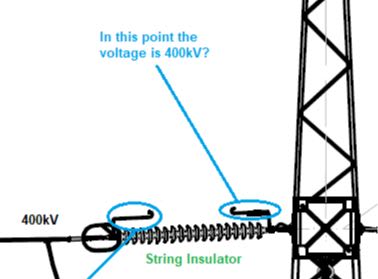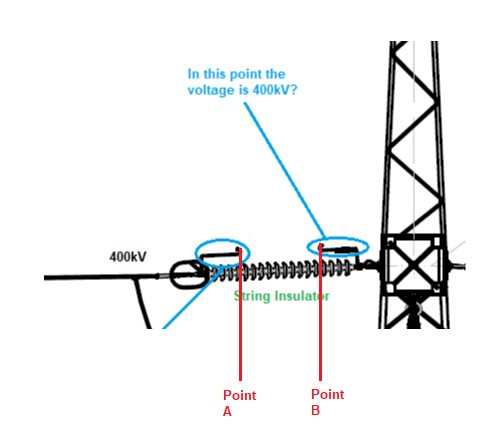luiscunha1978
Mechanical
Hello!
My name is Luis. I've not any electrical background. I work in an engineering company (in the drawing area). Not long ago I saw some drawings of a Substation and I was curious to realize the following components:

I someone could explain my questions I'll be very happy.
Luis
My name is Luis. I've not any electrical background. I work in an engineering company (in the drawing area). Not long ago I saw some drawings of a Substation and I was curious to realize the following components:

I someone could explain my questions I'll be very happy.
Luis


